My Beauty Retouching Workflow: Before Retouching Even Begins
This is Part 1 in a series of articles dedicated to lessons I learned through my personal Beauty Photography and Retouching Journey so far, after a decade in the industry. My goal with this series is to distill the key components that fueled my rapid skill development in beauty retouching and photography, so I can apply the same framework to acquiring new skills within the visual arts to become a super efficient learner and skill acquirer overall.
If such a framework works for me, it will work for you too.
Keep an eye out for the follow-up articles, I will be linking them here for convenience.
Read the updated version of this article on my JKM Blog: Analyzing My Skill Development in Beauty Photography & Retouching
Beauty Retouching Workflow Checklist

A free PDF checklist for those who strive to be a better Beauty Retoucher




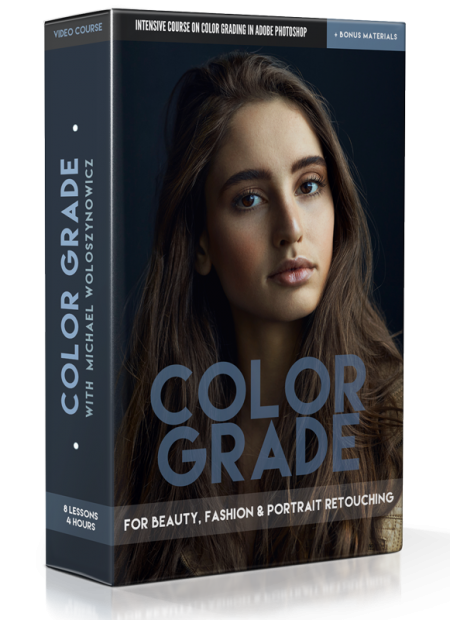

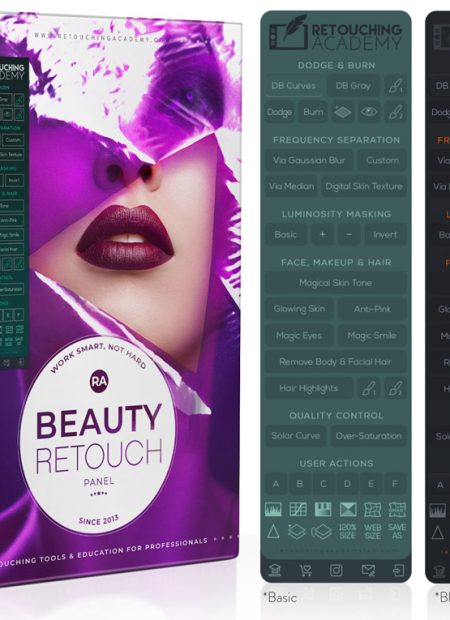
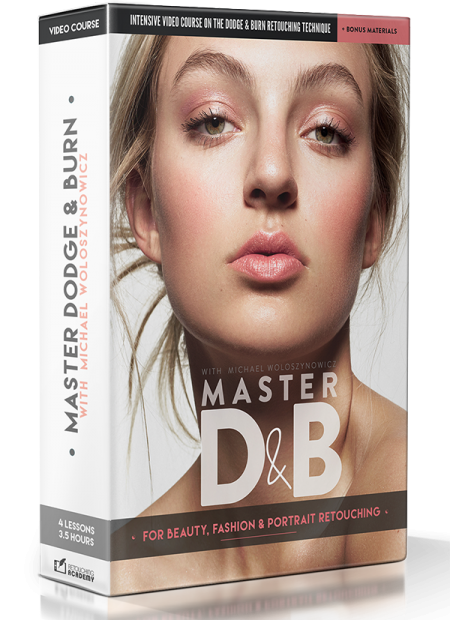


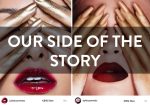



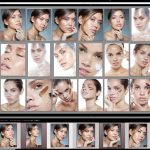

Hi Julia,
Did you ever post the follow up article for how you prep your raw files for retouching in Lightroom?
Hi Jane,
Not yet, but I am trying to squeeze in another post into my schedule each week, so I can cover more topics. I will soon! 🙂
can you help me ?
i want start o retouch,but i have’t any raw file